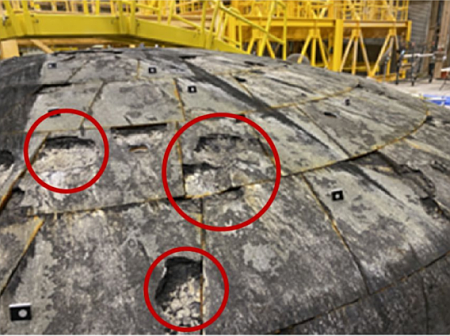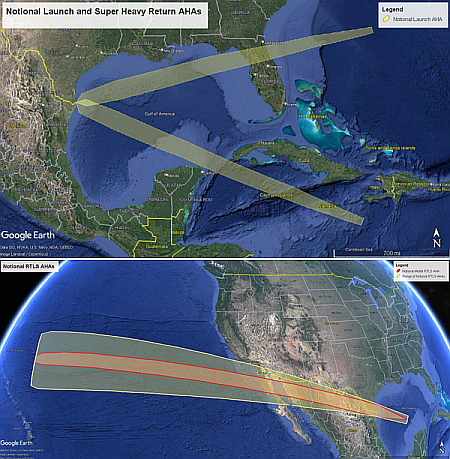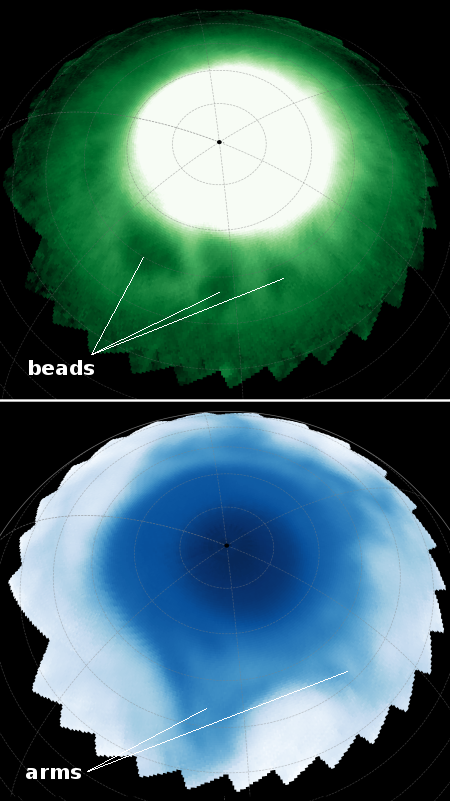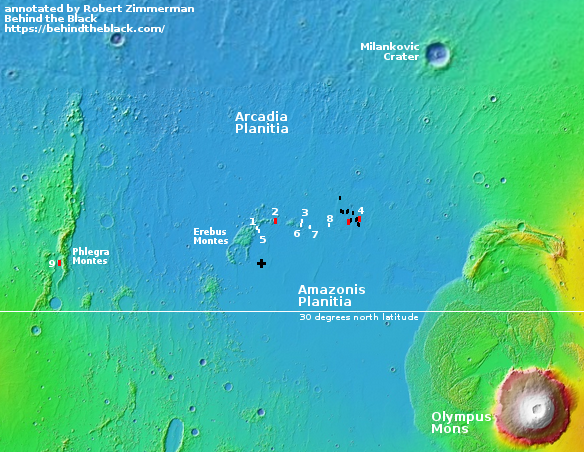NASA now targeting a February-to-April launch window for first manned Artemis mission

Damage to Orion’s heat shield caused during re-entry in 2022,
including “cavities resulting from the loss of large chunks”.
Nor has this issue been fixed.
According to a NASA official at an event yesterday, the agency is now targeting launch window starting on February 5, 2026 and extending into April for the first manned Artemis mission, dubbed Artemis-2, that will slingshot four astronauts around Moon and back to Earth on a 10-day-flight.
If Artemis 2 does lift off on Feb. 5, it will be at night, NASA officials said. The space agency has about five days apiece in February, March and April to launch the flight. The latest possible date is April 26, according to NASA. NASA will aim to hit the earlier part of that launch window, Hawkins said, but she stressed that crew safety will drive the timeline.
That mission will fly with an Orion capsule that has safety concerns, including a questionable heat shield (see picture above) and an untested environmental system.
Meanwhile, as part of NASA’s never-ending PR effort to sell the mission, it announced today that the mission’s four astronauts have now given their Orion capsule a name, Integrity.
The name Integrity embodies the foundation of trust, respect, candor, and humility across the crew and the many engineers, technicians, scientists, planners, and dreamers required for mission success.
Considering NASA’s level of dishonesty during the entire development of SLS and Orion, the ironies of this name and these claims is quite breath-taking.

Damage to Orion’s heat shield caused during re-entry in 2022,
including “cavities resulting from the loss of large chunks”.
Nor has this issue been fixed.
According to a NASA official at an event yesterday, the agency is now targeting launch window starting on February 5, 2026 and extending into April for the first manned Artemis mission, dubbed Artemis-2, that will slingshot four astronauts around Moon and back to Earth on a 10-day-flight.
If Artemis 2 does lift off on Feb. 5, it will be at night, NASA officials said. The space agency has about five days apiece in February, March and April to launch the flight. The latest possible date is April 26, according to NASA. NASA will aim to hit the earlier part of that launch window, Hawkins said, but she stressed that crew safety will drive the timeline.
That mission will fly with an Orion capsule that has safety concerns, including a questionable heat shield (see picture above) and an untested environmental system.
Meanwhile, as part of NASA’s never-ending PR effort to sell the mission, it announced today that the mission’s four astronauts have now given their Orion capsule a name, Integrity.
The name Integrity embodies the foundation of trust, respect, candor, and humility across the crew and the many engineers, technicians, scientists, planners, and dreamers required for mission success.
Considering NASA’s level of dishonesty during the entire development of SLS and Orion, the ironies of this name and these claims is quite breath-taking.











